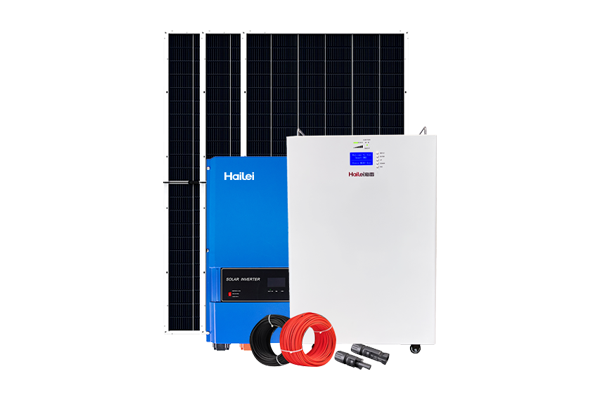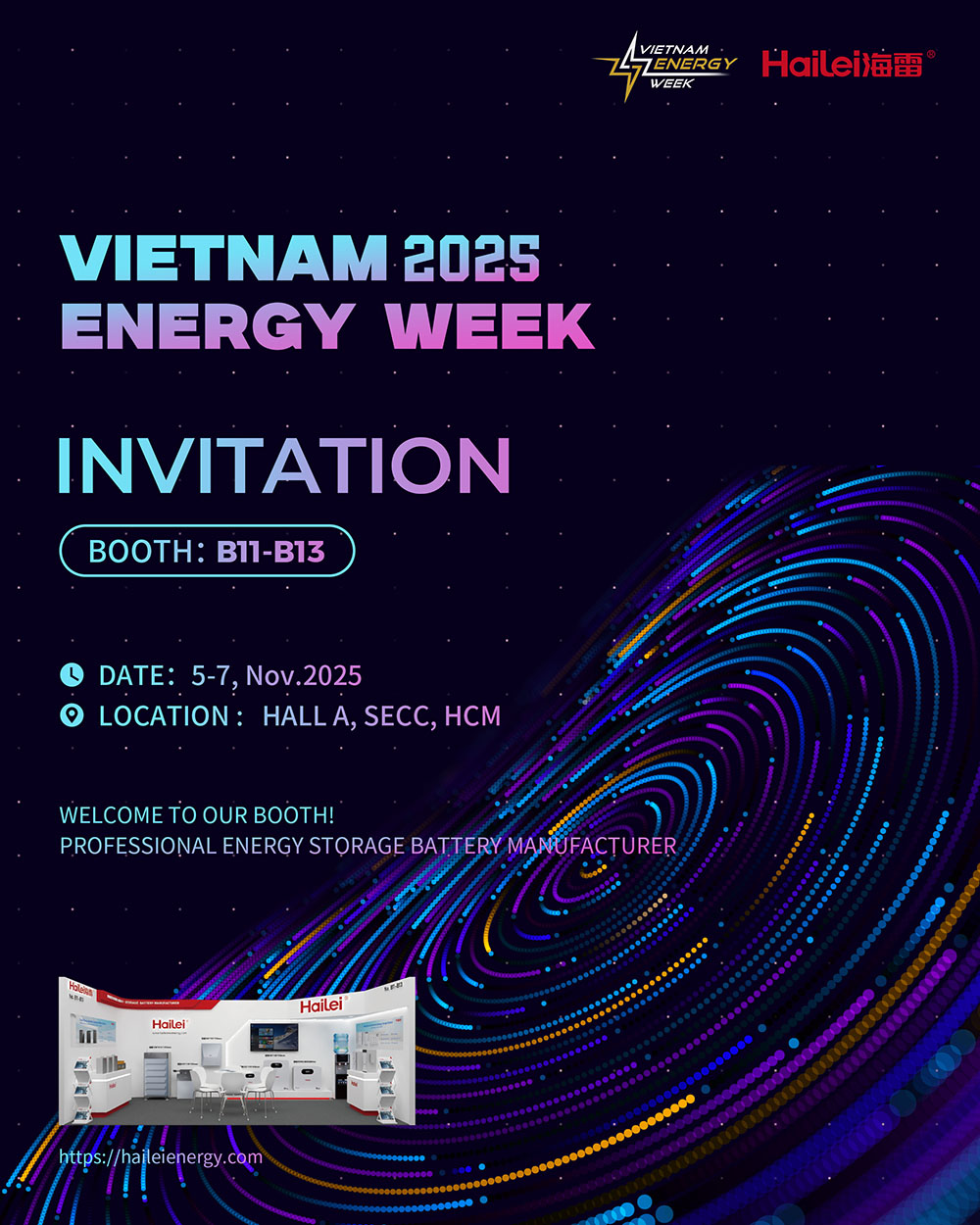Time:Nov 21, 2022 Views:934
Lithium ion battery is a new battery recognized by the public in recent years that can extend the endurance. However, after several cycles of charging and discharging, the battery capacity and other performance will decline. Under the same conditions, the faster the battery capacity declines, the poorer the battery quality. The cycle performance of lithium-ion battery pack is an important indicator to measure its quality. Many standards related to lithium-ion battery pack have a cycle life.
The charging and discharging cycle of lithium ion battery pack is a complex physical and chemical reaction process, and its cycle life is affected by many factors. The factors affecting the cycle life of lithium ion battery pack are analyzed below.

1. Design and manufacturing process
In the process of battery design, the choice of materials is the most important factor. Different materials have different performance characteristics, and the developed battery performance is also different. The cycle life of the battery will be long only if the cycle performance of the positive and negative electrode materials is good. Generally speaking, in the process of design and assembly, the capacity of the negative electrode is generally required to be more than that of the positive electrode. If it is not excessive, lithium will be separated from the negative electrode during the charging process, forming lithium dendrites, thus affecting the safety. If the negative electrode is too much relative to the positive electrode, the positive electrode may be excessively de lithiated, resulting in structural collapse.
The type and amount of electrolyte also affect the battery life. The manufacturing process of lithium-ion battery pack mainly includes: anode and cathode batching, coating, film making, winding, entering the shell, liquid injection, sealing, formation, etc. In the battery production process, each step of the process is very strict. Any process that is not well controlled may affect the battery cycle performance.
2. Lithium ion battery material aging
The process of charging and discharging cycle of lithium ion battery pack is the process of lithium ion disengaging and moving back and forth between positive and negative electrode materials through electrolyte. In the cycling process of lithium-ion battery pack, in addition to the redox reaction at the positive and negative poles, there are also a lot of side reactions. If the side reaction of the lithium ion battery can be reduced to a low level, so that the lithium ion can always travel smoothly between the positive and negative electrode materials through the electrolyte, the cycle life of the lithium ion battery can be increased.
The nature of the positive and negative collector will also affect the capacity and cycle life of the battery. The current collecting materials commonly used for positive and negative electrodes of lithium ion batteries are aluminum and copper, both of which are easily corroded metal materials. The passive film, poor adhesion, local corrosion (pitting) and overall corrosion of the collector after corrosion will increase the internal resistance of the battery, resulting in capacity loss and reduced discharge efficiency. The adhesion and corrosion resistance can be enhanced by acid alkali etching, conductive coating and other pretreatment methods.
3. Charging and discharging system during the cycle
The use process of lithium ion battery pack is the process of charging and discharging cycle. The charging and discharging system, such as the size of charging and discharging current, the selection of charging and discharging cut-off voltage, and the charging and discharging method, also have a very important impact on the cycle life of lithium ion battery. The performance of the lithium-ion battery pack will be degraded by blindly increasing the working current of the battery, increasing the charging cut-off voltage, and reducing the discharge cut-off voltage.


X

Appointment Experience